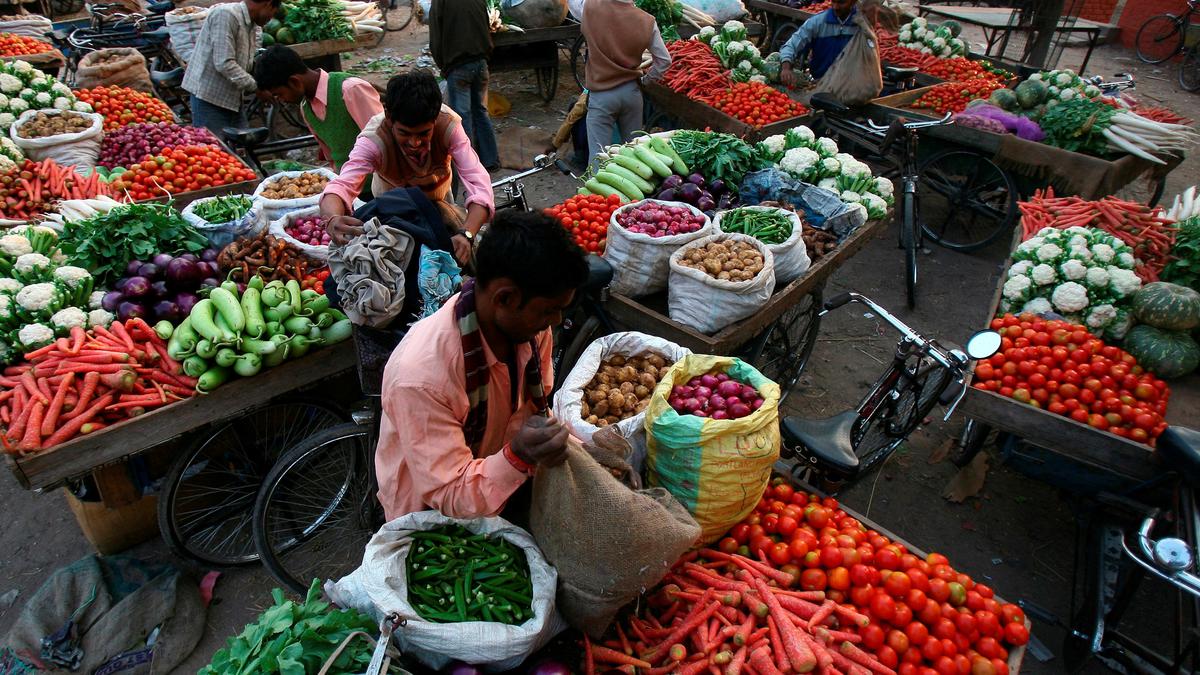In a concerning trend, India has been grappling with wholesale deflation for the past six months. The Wholesale Price Index (WPI) witnessed its sixth consecutive month of contraction in September, with inflation remaining in the negative territory at (-) 0.26%. This is in stark contrast to the 10.55% WPI registered in September of the previous year, indicating a significant economic challenge that warrants attention.
Factors Behind the Deflation:
The sustained deflation in the WPI can be attributed to several factors, with a major one being the rapid decline in food prices. Inflation in food articles, which had soared into double digits in the previous two months, eased to 3.35% in September from 10.60% in August. Notably, vegetable prices saw a remarkable decline of (-)15%, compared to an alarming 48.39% inflation in August. However, some food items like pulses, onions, milk, and fruits experienced a slight uptick in inflation during September.
The government, through the commerce and industry ministry, acknowledged that the deflation in September 2023 was primarily due to price drops in chemical and chemical products, mineral oils, textiles, basic metals, and food products when compared to the same month in the previous year.
Retail Inflation Perspective:
In contrast to wholesale deflation, the data on retail or consumer price inflation presents a different picture. The annual retail inflation rate was reported at 5.02% in September, marking a three-month low. Importantly, this figure falls within the Reserve Bank of India’s (RBI) target range of 2-6%. The RBI, in its recent projections, anticipated a CPI inflation rate of 5.4% for the fiscal year 2023-24.
Future Outlook:
The question that looms is what lies ahead for India’s economy. WPI inflation is expected to rise in the second half of the ongoing fiscal year. Several factors contribute to this projection, including the fading impact of a high base, elevated global crude oil prices, and the potential risks to the kharif harvest due to uneven rainfall. A prolonged deflationary trend could have adverse consequences for economic growth and overall stability.
India’s prolonged spell of wholesale deflation is a complex issue driven by various factors, primarily the sharp decline in food prices. While retail inflation has shown signs of stabilization, the potential risks and uncertainties in the coming months demand vigilance from policymakers and market participants. Balancing the need for economic growth with the challenges posed by deflation is a critical task, and the evolving situation warrants close monitoring.














